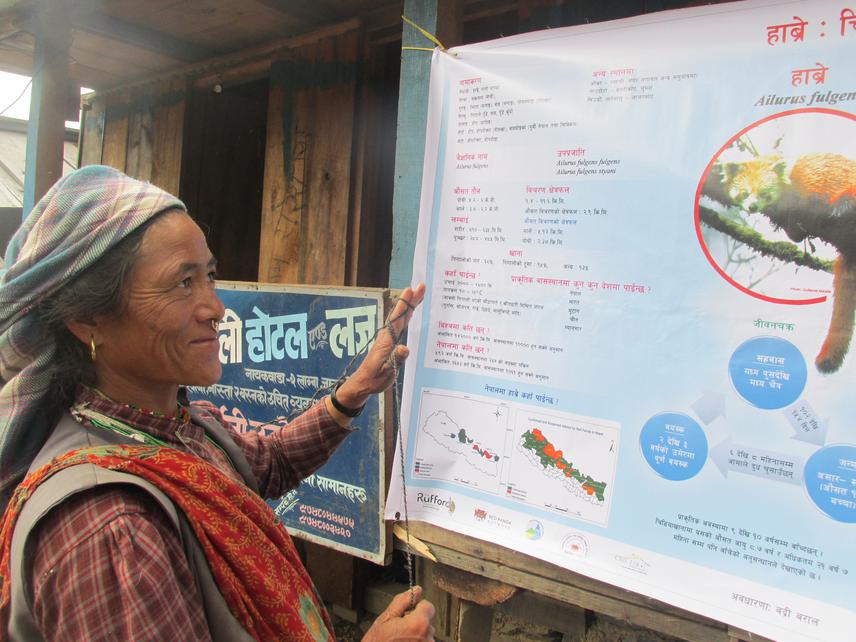Badri Baral
Other projects
30 Sep 2019
Red Panda Action Plan for Jajarkot: A Bottom Up Approach for Conservation of Endangered Species outside Protected Area
10 Jul 2023
Linking Citizen Science to Turn Paper Results into Red Panda Conservation Outputs in Jajarkot District, Karnali Province, Nepal
Jajarkot district lies outside Protected Area management system of Nepal and hence represents a part of that 62% of unexplored red panda habitats in Nepal. The main aims of the project are to explore the status of Red panda, promote it as flagship species for overall biodiversity conservation, and change the local people attitude and understanding towards its conservation in natural habitat.

Red Panda conservation, particularly outside the protected areas is only likely to work through information on its status, spatial occurrence and concerted efforts and collaboration at local level. Of its estimated potential habitats, 62% lies outside Protected Areas (PAs); either in national forests or community managed forests; but its status and distribution is poorly known from those areas. Therefore determining its status from such potential habitat like Jajarkot, will remain crucial for long-term conservation from where despite one research conducted by Baral (2014), detailed information on its status, and threats is not fully known.
Red Panda, unlike predators does not come into conflict with local people, hence raising awareness is less challenging. But yet a large number of herders and general users of its habitat are unaware about its legal protection, ecological importance and benefits. Hence, this project aims to document its status, distribution, clarify its ecological importance and enhance understanding of local stakeholders about its Red Panda through Community Outreach Programs so that they locally could be in a state of conserving it in following years after the completion of this project.
Conservation has the power to creative positive change in communities. This project will help make it happen by connecting community members to the information, and opportunities they need to sustainably manage and conserve their areas. After having knowledge about Red Panda and its habitat, they would bring about collective action for a common goal of conserving Red Panda.